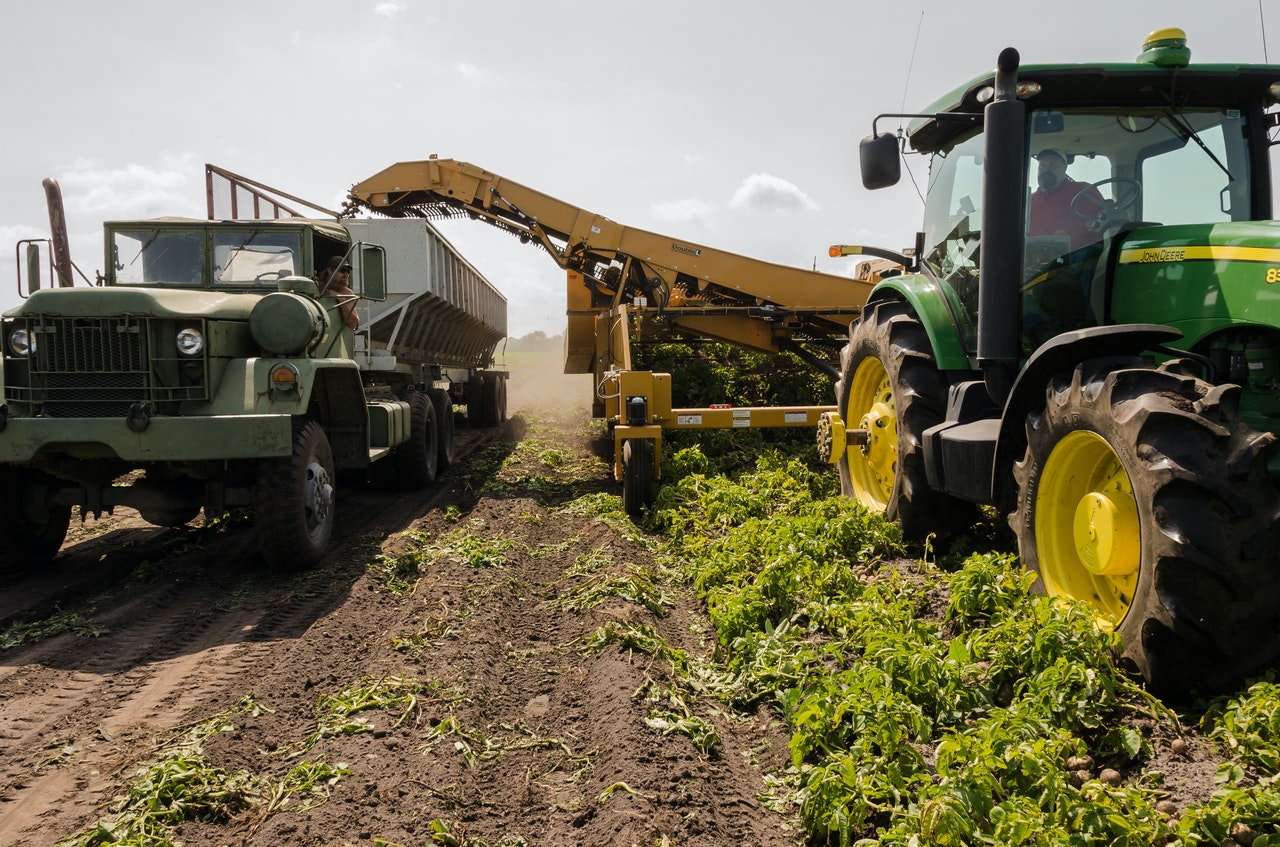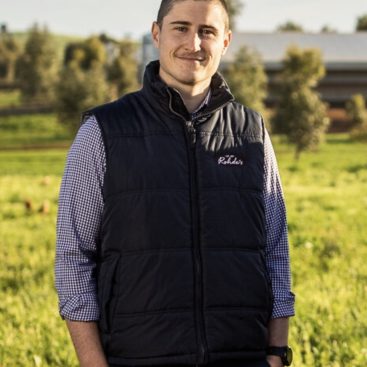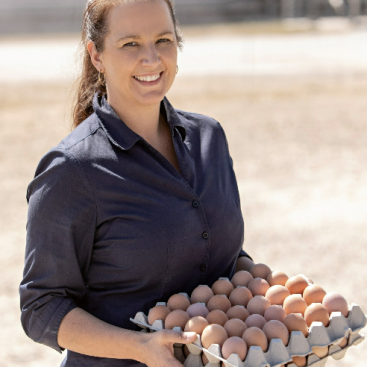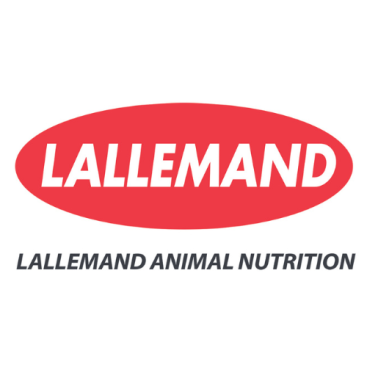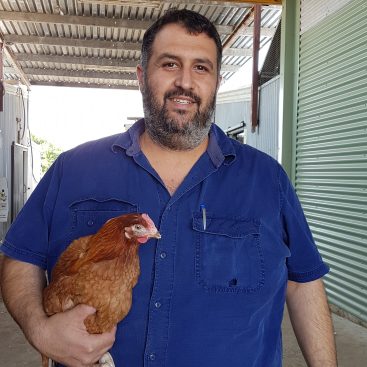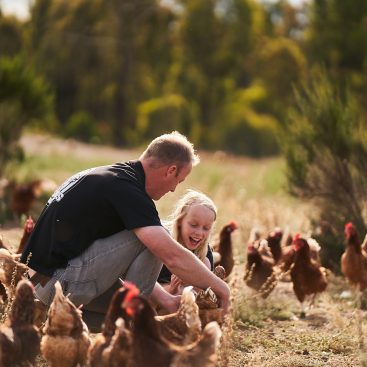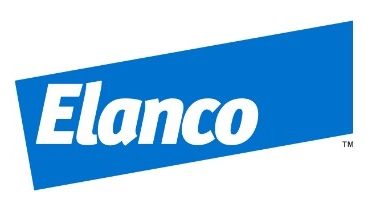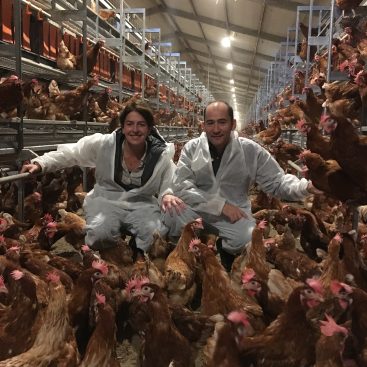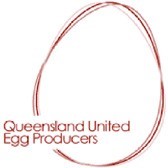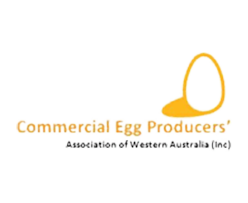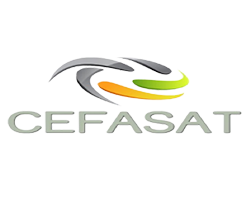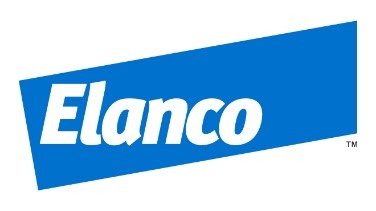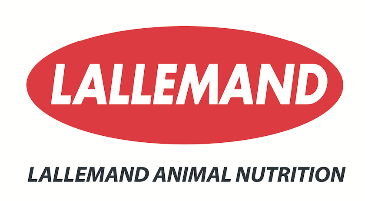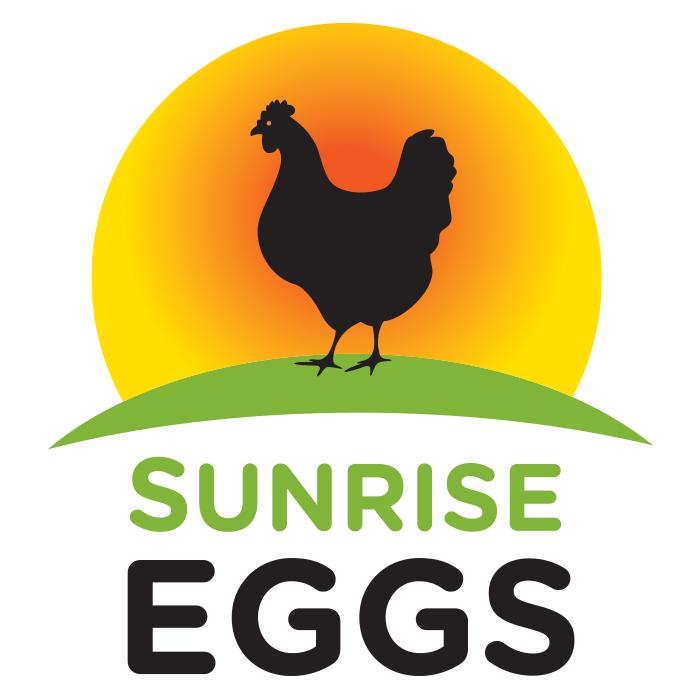Meet Our Members
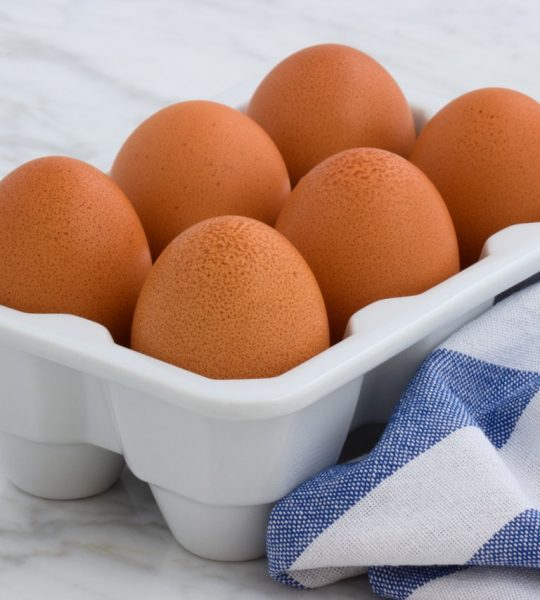
ABOUT EGG FARMERS AUSTRALIA
Egg Farmers of Australia was established in 2016 as the industry representative body for advocacy. The organization is funded through subscriptions of annual membership of $55 and a levy of 4.5 cents per layer hen. Members adhere to the Model Code of Practice for the Welfare of Animals Domestic Poultry 4th Edition.
We represent commercial egg producers of cage, barn, free-range including mobile caravan producers and have membership across the supply chain of a hatchery, veterinarians, and academics.

ABOUT EGG FARMERS AUSTRALIA
Egg Farmers of Australia was established in 2016 as the industry representative body for advocacy. The organization is funded through subscriptions of annual membership of $55/- and a levy of 4.5 cents per layer hen. Members adhere to the Model Code of Practice for the Welfare of Animals. Domestic Poultry 4th Edition.
We represent commercial egg producers of cage, barn, free-range including mobile caravan producers and have membership across the supply chain of a hatchery, veterinarians, and academics.
EFA State Members
Corporate Members
Thank you to our corporate members for your support of the Egg Industry
PassportCard
Introducing our new partner – PassportCard Australia
In conjunction with Risk Mitigaters, we’ve launched a partnership with PassportCard Australia. As a member of Egg Farmers of Australia, you can now access PassportCard Travel Insurance, and get instant payouts on approved claims, support that never sleeps and access to expert guidance right when you’re faced with “it”.

More from the egg industry
Australian Eggs, the Research and Development Body have developed the below resources.


